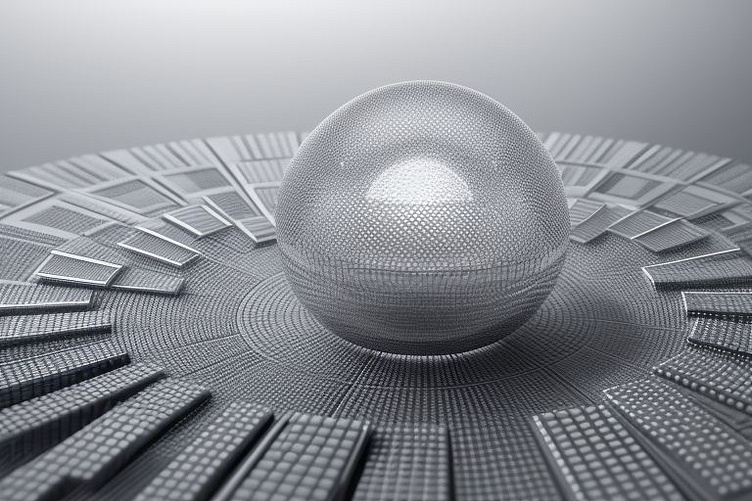Digital Art with a Twist: Nanotechnology
Digital Art on Nanotechnology: Spin Coating for Nanosphere Lithography
Have you ever seen a piece of digital art that is so beautiful and intricate, it takes your breath away? If so, you may be wondering how it was created. One popular technique for creating digital art is nanotechnology.
Nanotechnology is the manipulation of matter on an atomic and molecular scale. It has a wide range of applications, including in the field of art. Digital artists can use nanotechnology to create incredibly detailed and realistic images.
One way to use nanotechnology to create digital art is through spin coating. Spin coating is a technique used to apply a thin layer of material to a substrate. It is often used in the semiconductor industry to apply photoresist to wafers.
In the context of digital art, spin coating can be used to create a self-assembled monolayer (SAM) of polystyrene (PS) nanospheres on a substrate. This SAM can then be used as a mask in nanosphere lithography.
Nanosphere lithography is a technique used to create patterned substrates with nanoscale features. It is a relatively simple and inexpensive technique, and it can be used to create a wide variety of patterns.
To create a patterned substrate using nanosphere lithography, the SAM of PS nanospheres is first coated with a thin layer of metal. The metal is then deposited on the substrate through the open spaces in the SAM. Once the metal has been deposited, the SAM is removed, leaving behind a patterned substrate.
This patterned substrate can then be used to create a variety of digital art. For example, it can be used to create images with nanoscale features, such as diffraction gratings and waveguides. It can also be used to create images with nanoscale patterns, such as butterfly wings and snowflakes.
Digital art created using nanotechnology is often incredibly beautiful and intricate. It is a relatively new field, but it has the potential to revolutionize the way we create and experience art.
Here is a simplified explanation of the process for creating a self-assembled monolayer (SAM) of polystyrene (PS) nanospheres using spin coating for nanosphere lithography:
A dispersion of PS nanospheres is applied to a rotating substrate.
The centrifugal force created by the rotation of the substrate causes the PS nanospheres to form a close-packed monolayer on the surface.
The solvent is removed from the dispersion, leaving behind a SAM of PS nanospheres on the substrate.
Here are some of the many applications of nanosphere lithography:
Surface modification
Nanoscale patterning
Fabrication of photonic devices
Fabrication of nanoelectronic devices
Fabrication of biomaterials
Here are some of the benefits of using nanotechnology to create digital art:
Nanotechnology can be used to create incredibly detailed and realistic images.
Nanotechnology can be used to create a wide variety of effects, from nanoscale features to nanoscale patterns.
Nanotechnology is a relatively simple and inexpensive technique.
Here is an example of digital art created using nanotechnology:
Opens in a new windowwww.nature.com
Spin coating Technique for Nanosphere Lithography
This image shows a self-assembled monolayer (SAM) of polystyrene (PS) nanospheres on a substrate. The SAM was created using spin coating. The SAM can then be used as a mask in nanosphere lithography to create patterned substrates with nanoscale features.
Conclusion:
Nanotechnology is a powerful tool that can be used to create digital art that is both beautiful and intricate. It is a relatively new field, but it has the potential to revolutionize the way we create and experience art.









